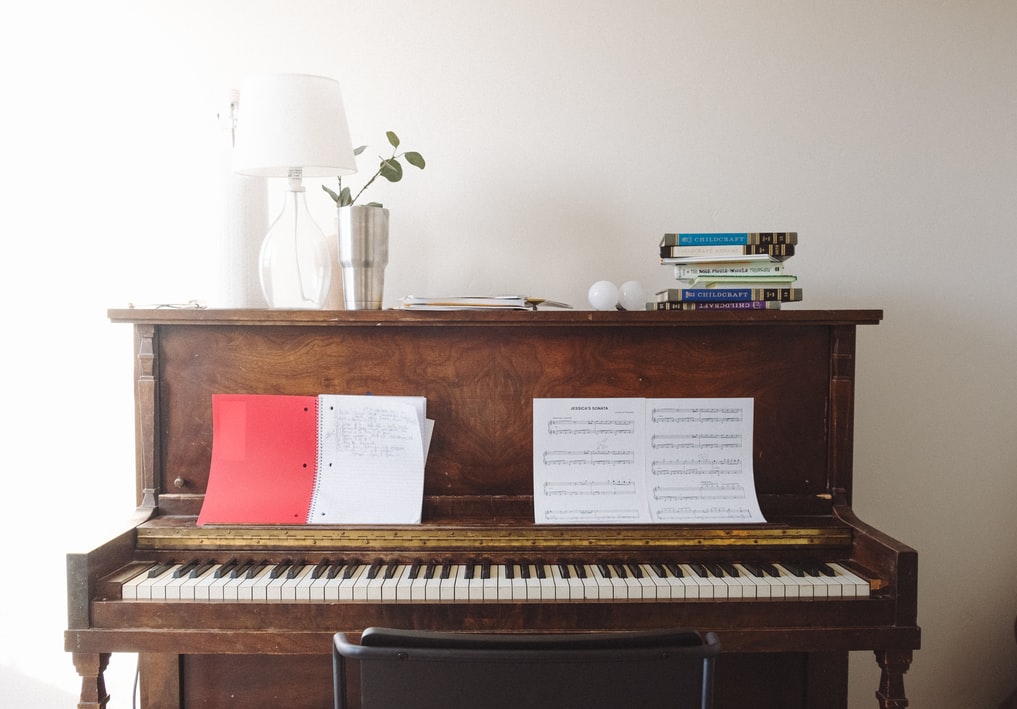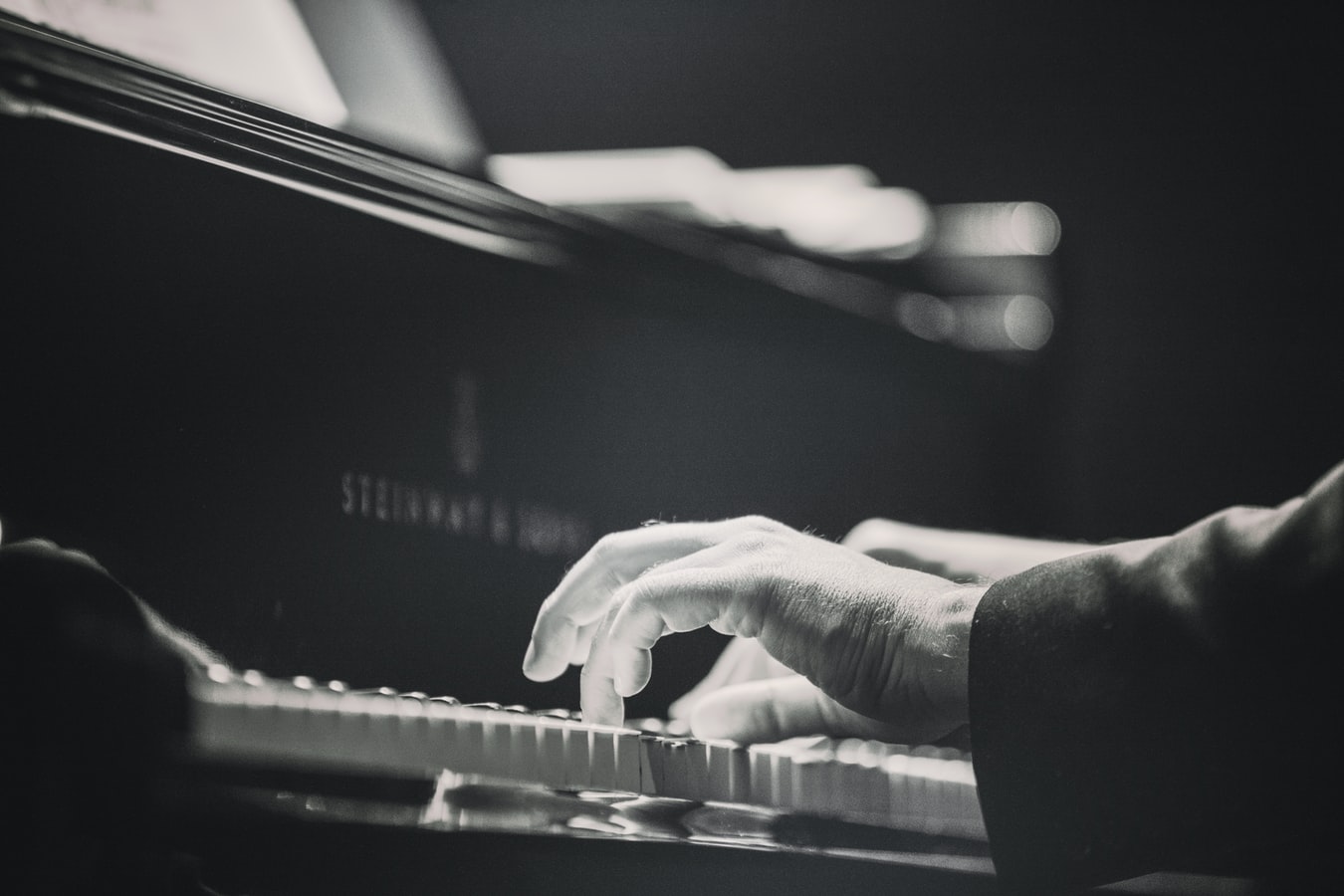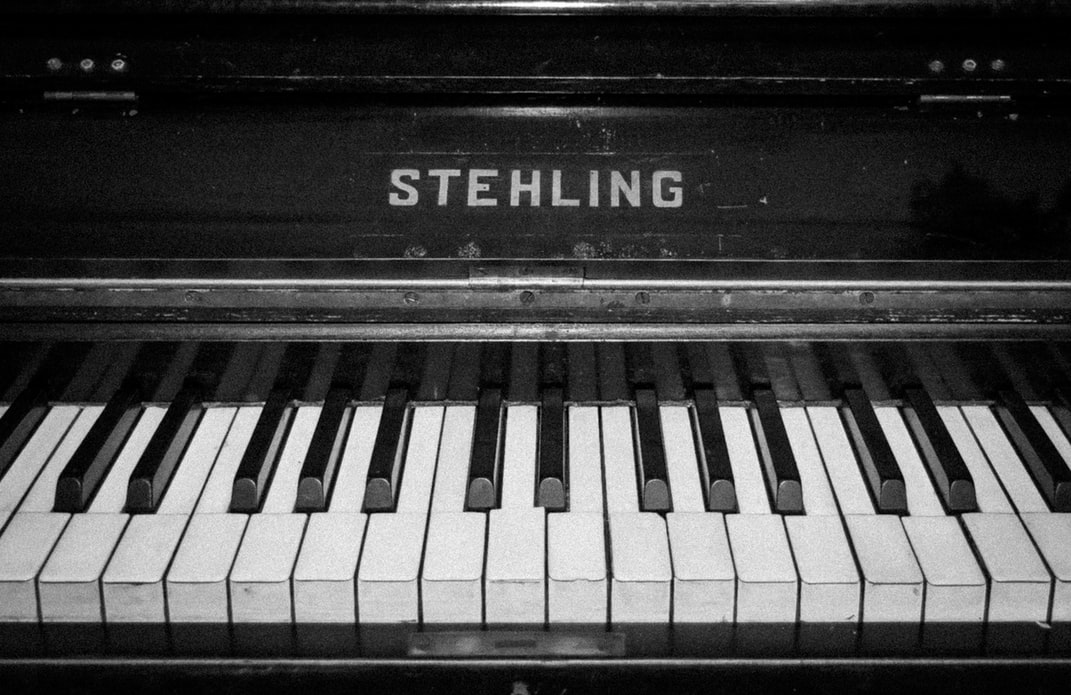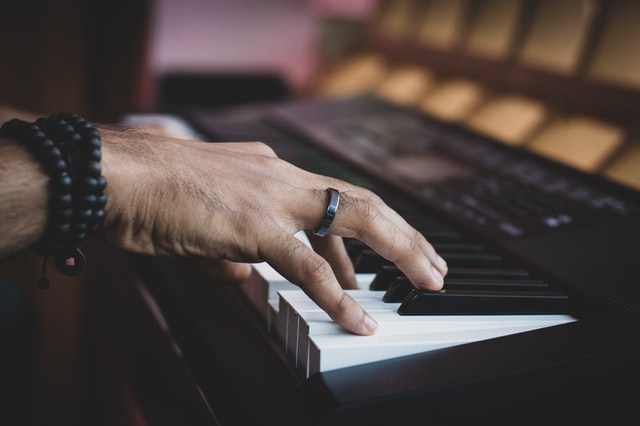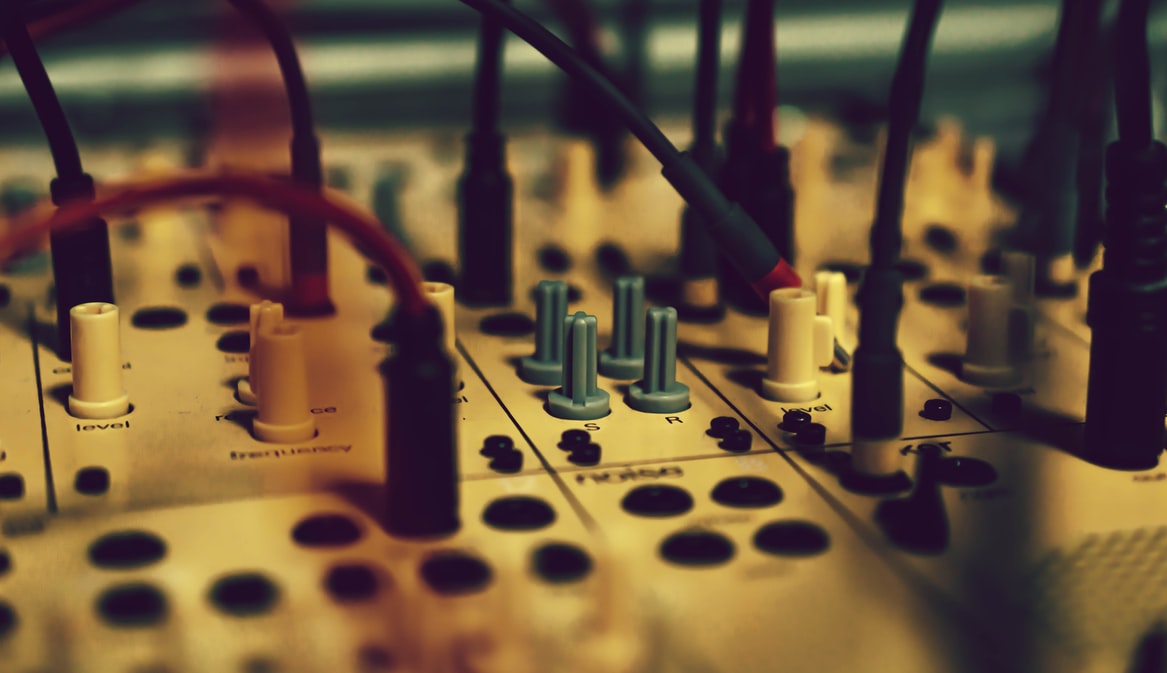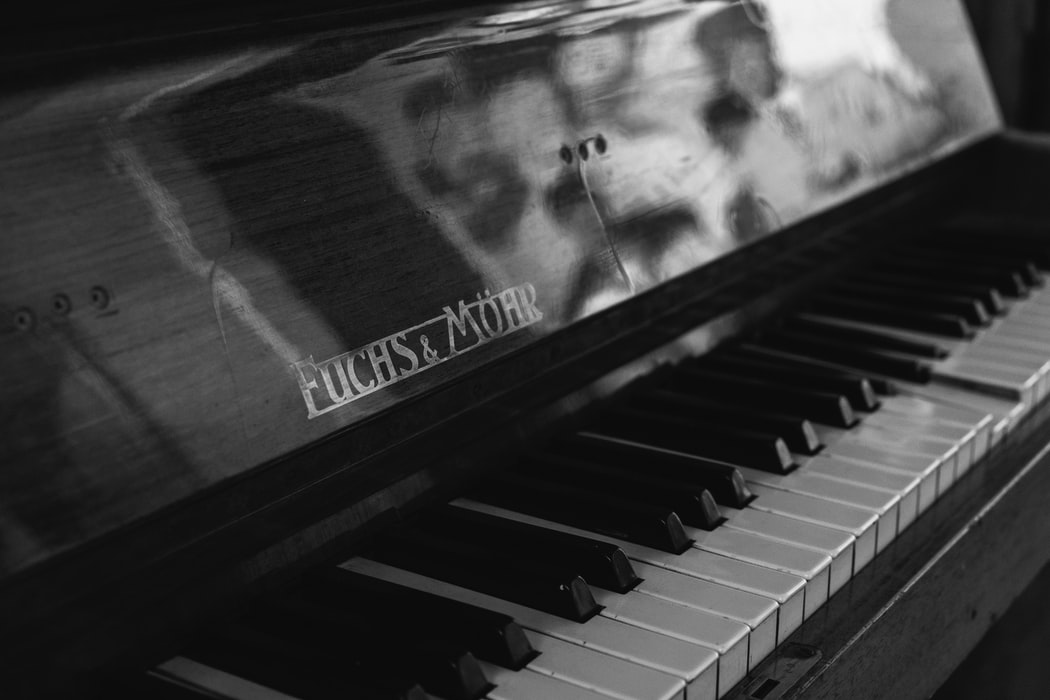Most people know how a piano looks. They know how a piano sounds. But do they know how piano works?
It can be quite surprising when you find out the clever mechanisms that generate the sound and give the piano it’s signature tone. Though the instrument has been played for hundreds of years, we take the mechanics for granted.
On top of that, in the modern age, things have been complicated by the addition of digital pianos and keyboards. These work in a totally different way. Though they are designed to mimic a piano, the electronic system triggers sounds from a recording rather than generating the sounds. They’ve become extremely sophisticated.
In this guide, we’ll answer questions about the basics of how piano works and also look at some of the more complex matters.
How Does a Piano Make Sound?
Taking you back to some very basic science, let’s consider how piano makes sound. All sound is vibration, picked up by the human ear and then worked out by the brain. How does a piano generate these vibrations and ensure they are in tune?
The sounds a piano makes actually come from strings within the instrument. Pianos have tiny hammers, which hit the strings to generate the “plinky” sound we associate with piano. The strings are of different lengths and so generate different sounds.
When you play a note on the piano, you are effectively controlling a tiny hammer. By pressing harder, you can generate a louder sound.
As well as a hammer, there are dampers on the strings, usually made out of felt. These sit on the strings and stop them from making any sort of vibration when they’re not played. This would generate a tone that you don’t want, and make songs sound awful. When you press a key, as well as the hammer, you’re controlling the damper. It can lift up off the string to allow the key to ring out.
Alone, the piano strings are relatively quiet. That’s why pianos have big resonant chambers that help to amplify, but also give a beautiful loud tone to the instrument. Grand pianos have such a sweet sound because they have such large and well-constructed resonant chambers.
What Do Piano Pedals Do?
You can get a long way into your piano playing journey, and learn the majority of the techniques in the Pianu academy without understanding pedals. However, it’s good to know how piano works, and that means every aspect of the instrument – including pedals.
The video below shows you exactly how the pedals impact the sound. Without hearing, it can be hard to envisage.
Pianos usually have 2-3 pedals. The right of these is usually the “damper” pedal. This has the effect of releasing the damper from all strings and letting them ring out, even after you have taken your finger off the key. The result is a long, drawn out sound, almost like a reverberation.
The other two pedals have different features. Not every piano is the same. The left is often the “soft” pedal and this has an impact on the hammers. By moving them it gives more of a soft sound to the melodies and chords you are playing.
The middle pedal might lift the damper, but only for the specific notes that are being played, rather than all of the notes. Different manufacturers do things slightly differently.
When you start to learn, or teach a child how to play piano, the pedals aren’t the first thing to learn. A lot of keyboards and digital pianos don’t even have pedals, or you need to buy them separately.
However, if you want to access the full range of sounds and effects your piano can generate, it’s a good idea to get to the point where you can comfortably use the pedals while you play.
How Does an Upright Piano Work?
The upright piano is the kind you are more likely to see in someone’s house. Not many of us have the room for a grand piano, and they’re pretty expensive, too!
Now that you know the rough mechanics of how piano works, you might be wondering how all of this is packed into a relatively small space with the upright piano.
The answer is that the strings are still in place. Instead of being horizontal, the strings are vertical in the back of the piano. The hammers are then able to hit them and generate sound in the same way. The resonance might not be quite as “sweet” with some upright pianos.
A quick look at the upright piano when compared to a huge concert grand piano, and you will see why people would rather have one of these in their living room.
Piano Keyboard Notes
The keyboard is one of the most vital parts of the whole piano. If you’re going to learn how to play the piano then this is going to be, well…key!
A lot of people are intimidated by the keyboard. To understand how piano works, you might think you have to memorize every single note. There are 88 keys on the majority of pianos, and memorizing each and every one is just not realistic. Fortunately, this isn’t the case. You just have to remember a pattern.
That’s all the keyboard is, a repeating, 12-note pattern. This pattern forms an “octave“. These get higher in pitch as we go from left to right on a keyboard.
It is relatively easy to “anchor” yourself on a keyboard due to the pattern, and the way it looks. There are sets of two and three black keys. Whenever you find two black keys next to each other, the white key to the first is a “C”. Go 12 notes up, and you will find another “C” that is just an octave up. The octaves are given numbers, too, but you don’t necessarily need to understand this straight away when you start learning.
The keys are how you interact with the piano. If you’re just starting to learn, focus on one octave to start with, safe in the knowledge that when you understand this, you will be able to work your way up the whole piano.
You will notice that keyboards and digital pianos (more on these later) also come in smaller variations, such as 49-key or 61-key models. This is a way to save space. You lose some of the octaves, but the pattern stays the same, so whichever keyboard or piano you pick up you are able to play the tunes you have learned.
As we’ve already stated, the keys are also your control station for the piano, and give you expression when you are hitting them. Hit the key harder, and the hammer makes a harder and harsher sound.
Parts of a Piano
As well as the parts of a piano that we’ve already mentioned, such as the keys, hammer, dampers, and pedals, there are a few other parts that contribute to the sound and structure. To fully understand how piano works you need to get your head around these few parts, too.
- The outer rim. This sounds like a science fiction or space travel term, I know. The outer rim is a big part of the frame, made out of hardwood (often maple). The rim fits the soundboard on a grand piano, which is often why they get their “clam” style shape. Upright pianos are made in more of a space-saving design.
- The inner frame is the next part. This is a heavy plate made out of strong iron. This can support the other internal parts including the soundboard. This is also where the “pinblock” is attached, which has the job of keeping the piano strings spaced out the right distance from one another.
- The soundboard is the wooden area where the strings are amplified and resonate through to give the loud and clear sound we know pianos can make. Cheaper pianos might have plywood soundboards, and these can still do a decent job, but the best pianos use quality spruce woods which have a gorgeous tone and projection.
What is Piano Action?
This is another term that you are very likely to come across when you are learning piano or trying to find out how piano works. The “action” refers to some of the mechanics of the piano.
Because the piano is actually quite complex, there are loads of different levers within to allow the keys to control the hammers. This forms the “action” of the piano, which is all to do with dynamics, how it feels, and how responsive the instrument is to your touch.
If you want to become an established pianist and be able to play to the full extent of the piano’s dynamic range, you should understand a little bit about how the action of your instrument works. This comes through playing, and getting used to the sensitivity, plus the velocity you need to apply to get the desired sound.
Once again, this is not the sort of thing that beginners focus on, but as you advance in your journey to learn piano, the “action” is something to consider.
How Digital Pianos Work
Digital pianos or electric pianos are becoming more and more common. It is easy to see why, they offer so much convenience for people who want to learn how to play the piano.
There are pros and cons to the digital piano, and they certainly don’t mimic how piano works in an acoustic way. They’re effectively a totally different instrument, but they are capable of making almost identical sounds (if you buy a good digital piano).
Of course, an acoustic piano has a few downsides. They’re not easily portable, they can only make one type of sound, and they aren’t easy to amplify if you are playing to big crowds. Digital pianos can solve all of these problems and more.
So how do digital pianos actually work?
The way you interact with the keyboard is the same. For a lot of digital pianos, the design is all about keeping the feel of an acoustic, so people can easily flit between the two with no issues or adjustment period.
When you hit the keys on a digital piano, though, it doesn’t trigger a “hammer” that creates the sound. Instead, it triggers a recording of a digital piano that has been built into the instrument.
Because a lot of these instruments are made by the same manufacturers as acoustic pianos, they include some exceptional sounds that allow you to mimic the richness of an acoustic piano. Even the cheap pianos do a decent job, as you can hear below.
In order to give the feel of an acoustic piano, and the expressive dynamics, these instruments also often include some sort of “hammer action“. This is designed to mimic the resistance that the keys on an acoustic piano have. Some pianos do a better job than others.
There will always be purists who prefer the way an acoustic piano looks, feels, and sounds. In an ideal world, we’d all have a beautiful grand piano we could practice on. Actually, for beginners and learners, it’s great to have a compromise in the form of a digital piano.
Because of the digital nature of these instruments, they do have some advantages, too.
Most digital pianos allow the use of MIDI, or even MIDI-USB. This means you can use our interactive piano lessons, which can tell you whether or not you are hitting the right notes and provide feedback on your playing. It also means that you can control software and other instruments.
Digital pianos don’t need to be tuned. This is one big advantage. Tuning a piano is not an easy job, and you will probably have to pay someone to tune your acoustic piano. Because of how pianos work, over time the strings will fall out of tune, and unlike a guitar, which you can easily tune yourself, acoustic pianos require a specialist.
Digital pianos also may have multiple inbuilt sounds and effects. This means:
- You can mimic the sound of multiple classic acoustic pianos simply and easily, without having to change instrument.
- You can alter the way the piano itself sounds using effects, like reverb. Usually, this would have to be added in post-production, and might not be an option in a live environment.
- You can access other sounds. Many of the top piano brands include other sounds to open up a world of possibilities. For instance, you may be able to play violin sounds or other orchestral instruments via your digital piano.
- Different modes, including layer (two sounds playing at once) and split (allowing you to split the keyboard into two identical ranges) are great for experimenting and teaching piano.
If someone asks whether a digital piano or an acoustic piano is better, there really is no simple answer. The truth is that there are pros and cons to both.
How Piano Tuning Works
If you do opt for an acoustic piano, understanding how piano works in terms of tuning is also essential. You will need to get your piano regularly seen to, and this means getting it tuned up so that your playing sounds as good as possible. So what is tuning?
Tuning the piano means adjusting the strings to change their pitch. A piano tuner will tighten or loosen the tuning pins, a part of the mechanism of the inside of the piano. This will lead to an alteration in the pitch. Tuners will check each and every key (and corresponding string) on a piano.
Can I Tune My Own Piano?
Tuning a piano doesn’t just rely on a deep understanding of how piano works, you need to have a great ear for pitch, and specific tuning tools.
Though it is not impossible to learn how to tune a piano, we recommend leaving this to the professionals. Get your piano tuned at least once a year, depending on how frequently you play the instrument. It might even need to be more regular than that.
Are Pianos String Instruments?
Now that you know how piano works, you might be wondering if these are classed as string instruments? The strings generate the sound, right?
There is some debate on this subject. Some people classify the piano as a string instrument, but some disagree because of the fact that you don’t play the strings directly.
There’s little denying that the hammer action of a piano is unique, and therefore very hard to categorize. A Chordophone is the closest categorization, but this is not the most common instrument category. Some people also think that the hammer action makes the piano a percussion instrument.
The lesson to learn here? Musicians will never unanimously agree on anything.
Do I Need to Know How Piano Works to Learn?
We’re not going to claim that piano is the best instrument to learn, but it is certainly one of the most straightforward if you are just looking to get started.
Though this guide gives a great explanation of how piano works, you don’t have to know every aspect of this to get started. In fact, there are pianists who have been playing for years who couldn’t tell you exactly how it generates sound.
The important thing is to learn the notes and chords, and how your playing and interacting with the keys impacts the sound.
When you start playing the basic lessons in our academy, we don’t have a section on understanding how piano works, and that’s for a good reason. The knowledge is not that useful when you are just starting out. As time goes on, you can bolt on this sort of knowledge.
An understanding of the keyboard, octave, and the notes you are playing is essential, but the mechanics of the piano can be explored later.
Conclusion
The science behind the basics of how piano works is relatively simple, but once you delve in, you will find out that there are huge teams of people at the top piano manufacturers working out which woods sound best, and how to further the piano tone.
Luckily, unless you’re going to build your own, you only need to know the basics of how the instrument generates sound. Even the maintenance knowledge is probably not required, as you should usually get somebody else to tune your piano for you.
In the modern age, you should think about digital pianos as well as acoustic, and you might find that going down the electronic route is far more convenient. That doesn’t mean you have to sacrifice sound.
